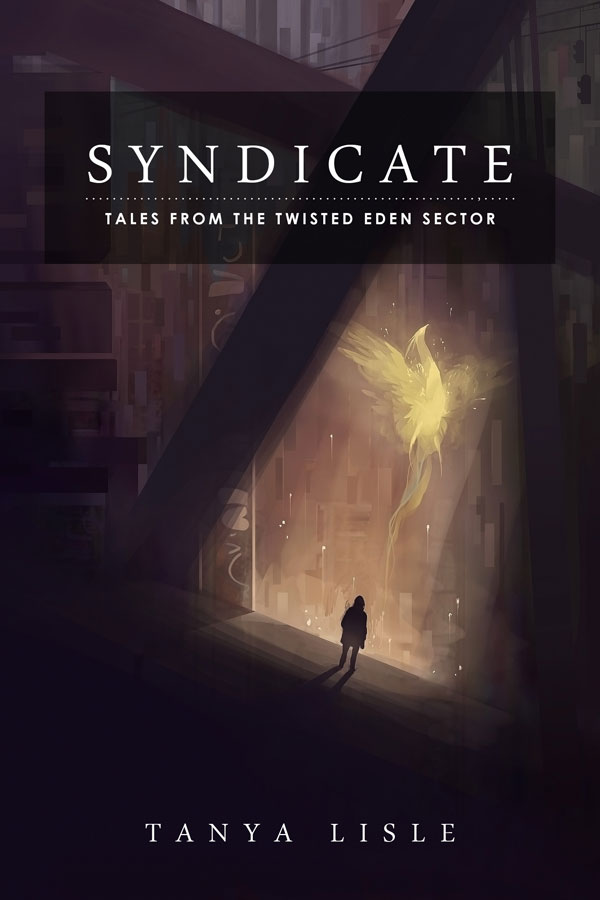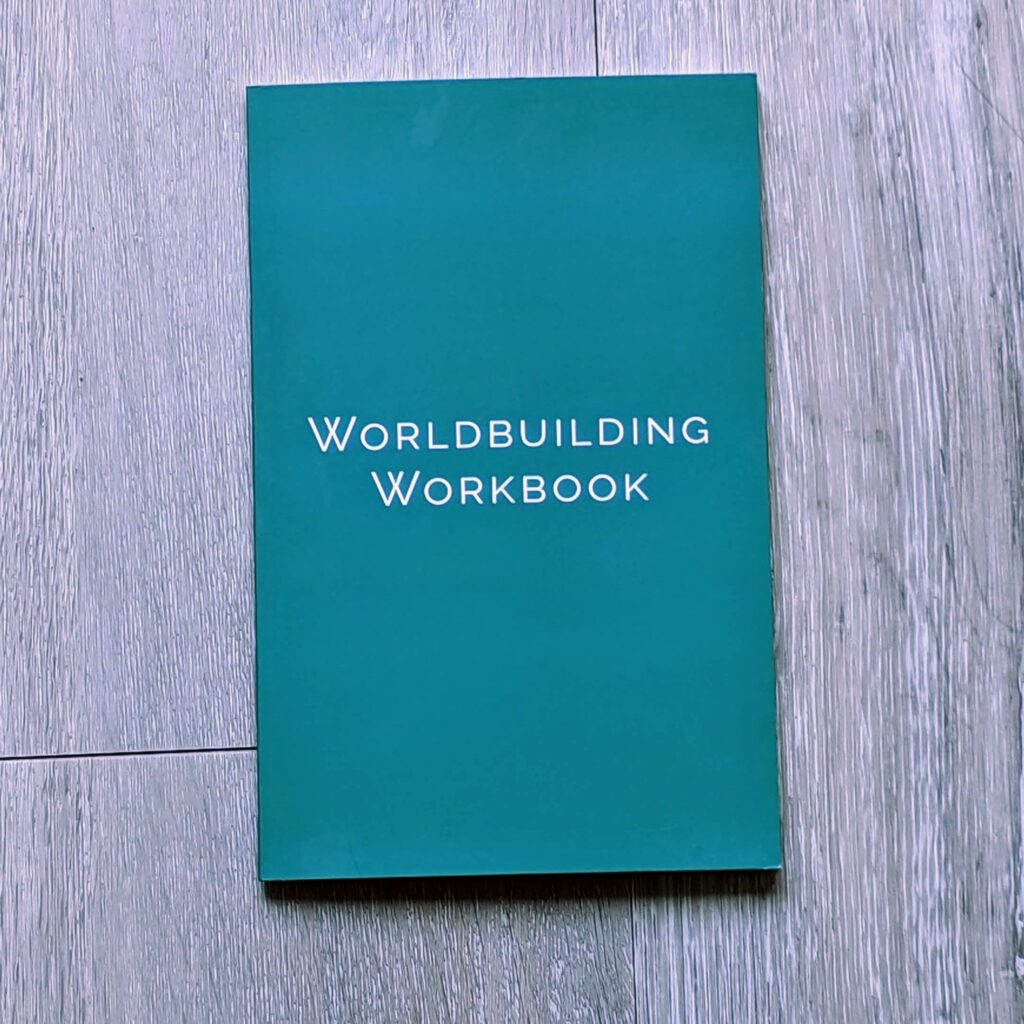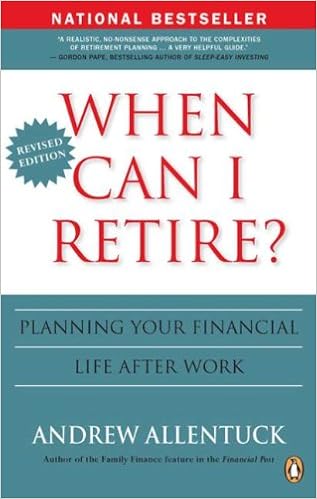
So let’s do a book 2 in a series. It’s been a while. Also, I’m going to go ahead and spoil the story, so heads up about that.
This book follows the larger cast of the first, minus April because she’s effectively dead at the start. As they move on with their lives with the Carls gone, something strange starts happening. They start getting mysterious books telling them how to move through the world to get the best results and April’s rival from the previous book has started on a new business venture and has divorced himself from his involvement in her death.
As the story unfolds, April comes back and they learn of Atlus, a new technology that will allow users to experience other lives that is actually being controlled by the Carls brother. A whole bunch of stuff, as we discover, is controlled by this other alien being, and it becomes a story about taking down this other force using stocks and corporate sabotage.
The climax did take me out of the story, though it’s entirely because I work in tech. After over a decade where I’ve worked as a back end, front end, and UI developer, then moved into UX and product, I paid a bit more attention when the UX guy not only was writing and deploying code as part of his job but decided to push a code change directly to production with no review. ((And no automated tests, but no one has automated tests)) I missed that he went from being hired to do UX at his introduction to becoming a UI developer, which is a different job, at the climax and the only other time his job is mentioned.
You can absolutely justify this. Tech companies are erratic at times and people explain their jobs badly. But I don’t like the book enough to create and accept a justification that wasn’t in the text. Instead, I’ve spiralled into realizing Atlus has been hiring exclusively recent grads and junior level employees ((And maybe conspiracy theorists)) or people who might qualify for Catherine House ((Who else is going to leave their life for a year upon an interview to a place with no internet or contact with the outside world? Senior-level talent, in particular, tends to have a family and a life.)) and there was no way to do good UX work at this company anyway.
I also fundamentally do not understand why Atlus is addictive.
Overall, I don’t think I liked it as much as the first. This is a consequence of traditional publishing, but I thought the first one wrapped up just fine and didn’t need a sequel. It’s fine and it might be something that I just didn’t read at the right time.









